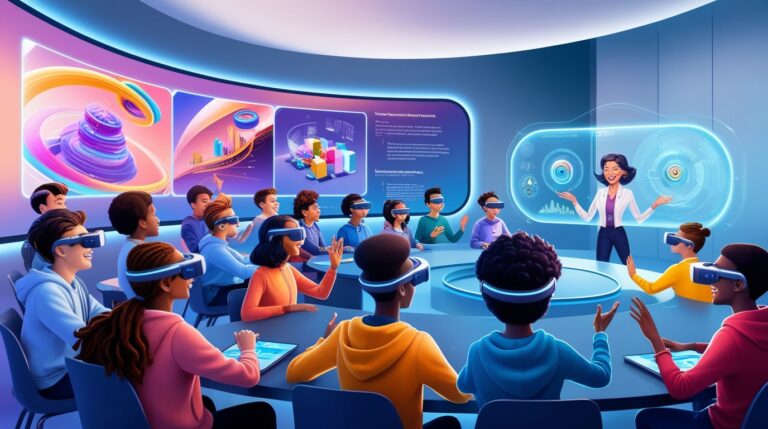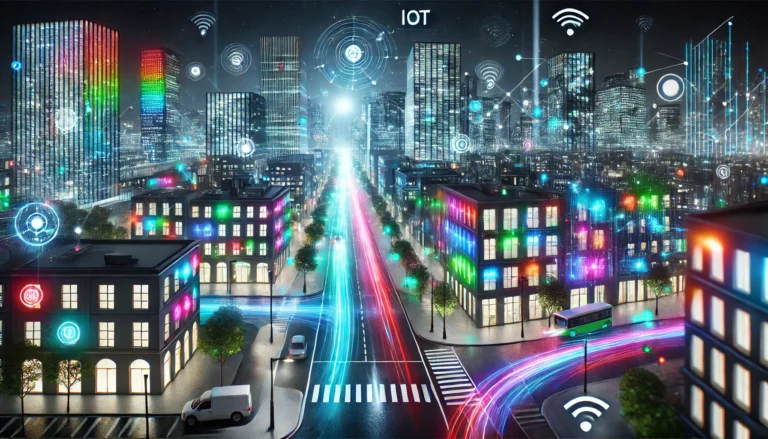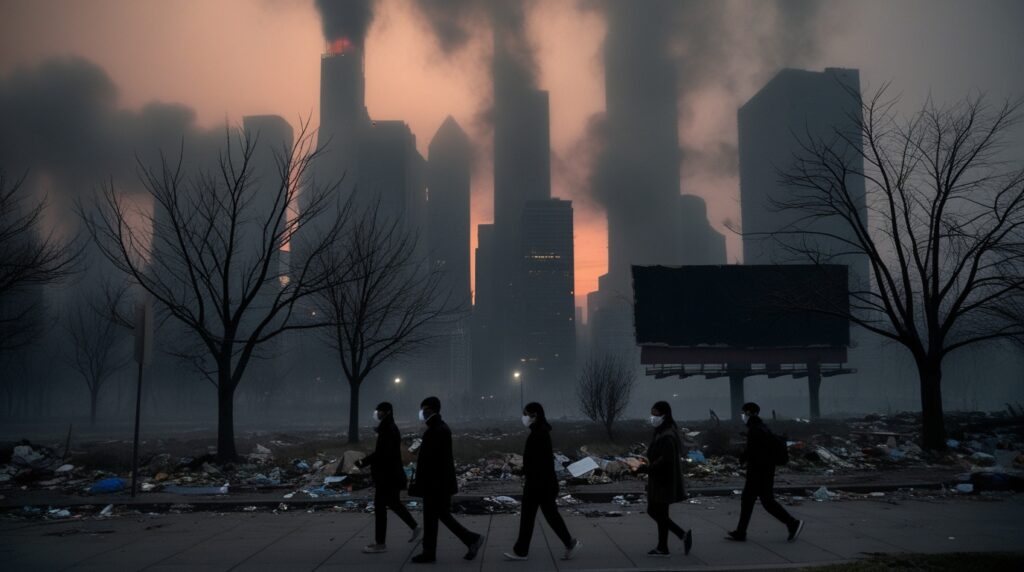
Air pollution is one of the most critical environmental challenges of our time. As the world becomes more industrialized and urbanized, the quality of air continues to degrade, threatening the health of humans, animals, and ecosystems. This article delves into the causes of air pollution, its devastating impacts, and the measures necessary to combat it effectively.
What is Air Pollution?
Air pollution occurs when harmful substances—such as gases, particles, and biological molecules—are introduced into the Earth’s atmosphere. These pollutants can originate from both natural sources, like volcanic eruptions, and human activities, such as industrial emissions. Poor air quality affects every corner of the planet, contributing to climate change, public health crises, and ecosystem damage.
Major Causes of Air Pollution
- Industrial Emissions
Factories and power plants release large quantities of pollutants, including sulfur dioxide (SO₂), nitrogen oxides (NOₓ), and particulate matter (PM). These emissions often come from burning fossil fuels such as coal and oil.
- Vehicle Exhaust
Transportation is a leading contributor to air pollution. Cars, trucks, buses, and airplanes emit carbon monoxide (CO), hydrocarbons, and NOₓ, which contribute to smog and poor air quality, especially in urban areas.
- Burning of Fossil Fuels
The combustion of coal, oil, and natural gas for energy production is a significant source of greenhouse gases and other harmful pollutants.
- Agricultural Activities
Agriculture contributes to air pollution through the release of methane (CH₄) from livestock and ammonia (NH₃) from fertilizers. These gases can form secondary pollutants that affect air quality.
- Deforestation
Cutting down forests reduces the natural purification of air as trees absorb CO₂ and produce oxygen. Fires associated with deforestation release carbon and particulate matter into the atmosphere.
- Waste Burning
The open burning of solid waste, including plastics, emits harmful toxins such as dioxins, furans, and particulate matter, polluting the air and posing serious health risks.
- Natural Sources
While less common than human-made sources, natural phenomena like volcanic eruptions, wildfires, and dust storms also contribute to air pollution.
Impacts of Air Pollution
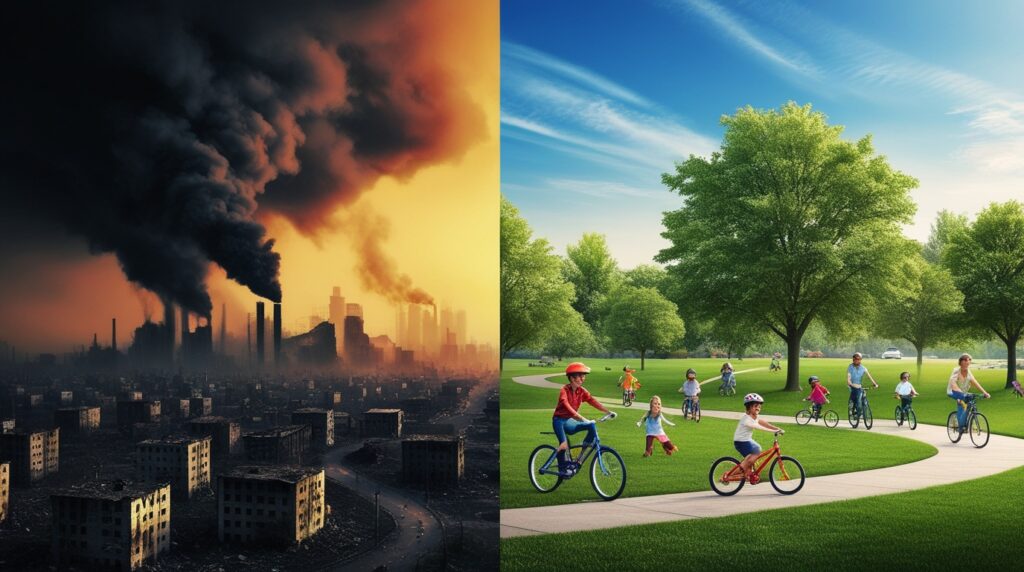
- Public Health
Air pollution causes respiratory diseases such as asthma, bronchitis, and chronic obstructive pulmonary disease (COPD).
Long-term exposure is linked to heart disease, stroke, lung cancer, and reduced life expectancy.
According to the World Health Organization (WHO), air pollution contributes to over 7 million premature deaths annually.
- Environmental Damage
Pollutants like NOₓ and SO₂ contribute to acid rain, which harms soil, water bodies, and plant life.
Tropospheric ozone damages crops and reduces agricultural yields, threatening global food security.
- Climate Change
Greenhouse gases like carbon dioxide (CO₂) and methane (CH₄) trap heat in the atmosphere, driving global warming.
Black carbon (soot) accelerates ice and snow melting in polar regions.
- Harm to Wildlife
Air pollution disrupts natural habitats and food chains. For example, acid rain alters the pH of water bodies, affecting aquatic species.
Toxic air pollutants can accumulate in animals’ bodies, leading to reproductive and developmental problems.
- Economic Costs
Air pollution-related health problems increase healthcare costs and reduce productivity.
Crop damage from ozone pollution results in financial losses for farmers and nations.
Solutions to Combat Air Pollution
- Transition to Clean Energy
Shift from fossil fuels to renewable energy sources like wind, solar, and hydropower.
Promote energy efficiency in industries, buildings, and transportation.
- Sustainable Transportation
Encourage the use of public transport, cycling, and walking to reduce vehicle emissions.
Transition to electric vehicles (EVs) and invest in charging infrastructure.
- Strengthen Policies and Regulations
Governments must enforce strict air quality standards and limit emissions from industries and vehicles.
Introduce carbon taxes to incentivize cleaner production methods.
- Reforestation and Afforestation
Planting trees and restoring forests help absorb CO₂ and improve air quality.
Protecting existing forests is equally critical in combating air pollution.
- Urban Planning
Develop green spaces in cities to improve air quality and reduce urban heat islands.
Design urban layouts that minimize congestion and promote efficient energy use.
- Educate and Involve Communities
Raise awareness about the dangers of air pollution and the importance of reducing individual carbon footprints.
Encourage participation in local initiatives, such as tree planting and waste reduction campaigns.
Global Initiatives Against Air Pollution
Several international organizations are actively combating air pollution. The Paris Agreement aims to limit global warming by reducing greenhouse gas emissions. Campaigns like the Clean Air Initiative by the WHO focus on improving air quality worldwide. Nations are also adopting frameworks like the National Clean Air Programme (NCAP) to address the issue locally.
Conclusion
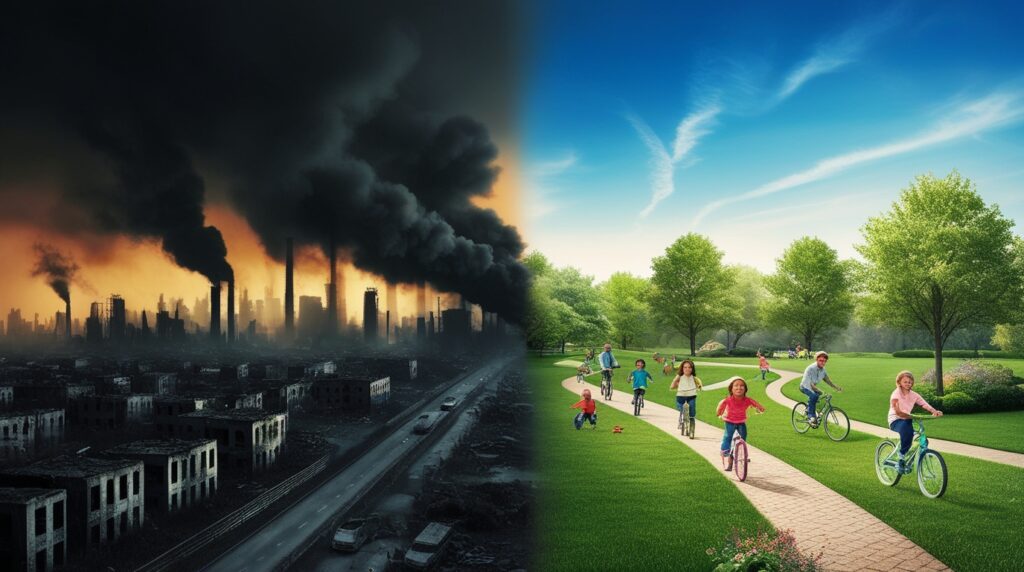
Air pollution is a silent killer, affecting millions of lives and ecosystems every year. However, through collective action and a shift toward sustainable practices, we can significantly improve air quality and secure a healthier future. Governments, industries, and individuals must unite to tackle this global crisis before it is too late.
Photo Prompt for an Air Pollution Awareness Campaign
“An evocative image showing a stark contrast between two sides of a city. On one side, dense industrial smoke and traffic emissions create a smog-filled skyline. On the other, a green park with children playing and people cycling highlights the benefits of clean air. The image emphasizes the urgent need for action to reclaim our skies and ensure a healthier environment for future generations.”
Let me know if you’d like me to generate a visual representation of this photo prompt!


